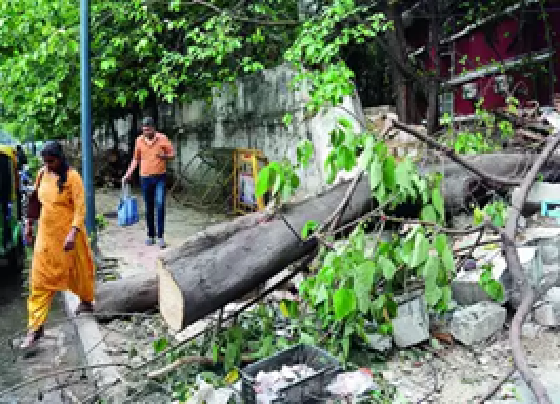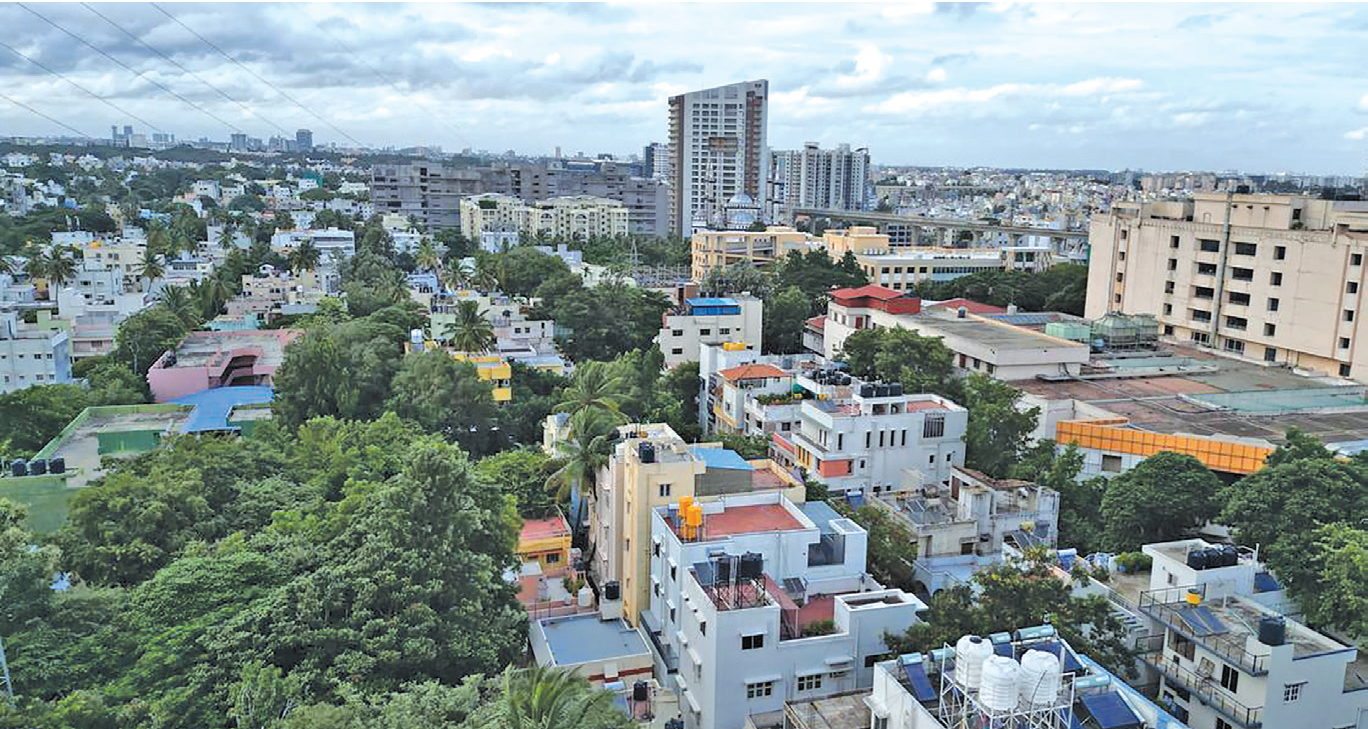
Vehicle fumes, construction dust choking Bengaluru: Report
By Manjunath Hadimani | NT
Bengaluru: Karnataka State Pollution Control Board (KSPCB) will evaluate city action plans based on latest emission inventory studies for improving Bengaluru’s air quality. The Centre for Study of Science, Technology and Policy’s (CSTEP) studies found the transport sector was the biggest offender, followed by road dust in vitiating Bengaluru’s air quality.
According to CSTEP’s research released earlier this year, the transportation industry is the largest source (40–51%) of particulate matter, followed by road dust suspension (17–51%). Construction dust, household gasoline, and diesel generators are among the other polluting industries.
At a workshop in Bengaluru, Dr Shanth A. Thimmaiah, Chairman, KSPCB reflected on the need for micro action plans that will help pollution control boards to take effective, result-oriented action towards improving air quality. “The event is an opportunity to evaluate our work. CSTEP’s reports will be used as a base for studying and making clean air action plans for three other non-attainment cities through a Plan-Do-Check-Act approach,” he said.
Shri Vijay Mohan Raj, IFS, Principal Secretary, Ecology and Environment Department, Government of Karnataka, highlighted the need for air guilt—the guilt that comes from knowing that we are contributing to air pollution (and how)—to be felt by all and drive our actions. “To do this, data needs to be presented in simple formats that could be understood even by children. I hope that such reports can bring about last-mile changes to improve air quality,” he said.
Dr Pratima Singh, Research Scientist at CSTEP pointed out that considering Bengaluru’s status as a nonattainment city, conducting a scientific assessment and emission inventory was crucial towards preparing efficient strategies.
“Key measures considered under the scenarios were improvement in public transportation infrastructure, diesel particulate filter installation in trucks, and a strict blanket ban on open waste burning. Concretisation of roads and use of geosynthetics for covering green belts around the roads will reduce re-suspension of dust to a great extent. Road infrastructure needs to be developed and maintained as a priority,” she said.
According to the reports, it is evident that the Outer Ring Road and central business district experience more transportation emissions. Commercial vehicles (HCVs, MCVs, and LCVs) contributed around 56.5%, 8.5%, and 18.8% of the PM emission load, respectively, whereas diesel cars contributed around 9.11% of the emission load. Two-wheelers contributed around 6.6% of the PM emission load.
Emission from the domestic sector is more concentrated over Bengaluru East, Bengaluru West, and Bengaluru South zones. And emission from eateries was greater near the areas with more commercial activities, such as Sarjapur, Bellanduru, Marathahalli, Kalyan Nagar, Yeshwanthpur, and MG Road.
The emission from diesel generator sets is higher in Kadugodi, Marathahalli, Doddanakundi, and Bellandur, mainly because of the high number of installed sets in high-rise buildings, IT parks, and commercial establishments in these areas.
Garbage burning is more in the western parts of the city, specifically RR Nagara and Bengaluru West. Other than these areas, the city market area also experiences a lot of garbage burning. It is evident that waste burning is more prevalent in peripheral wards.Although emission from industries is restricted to the peripheral areas of Bengaluru, Peenya and Dasarahalli are responsible for the majority of industrial emissions, states the report.
 English daily published in Bengaluru & Doha
English daily published in Bengaluru & Doha






